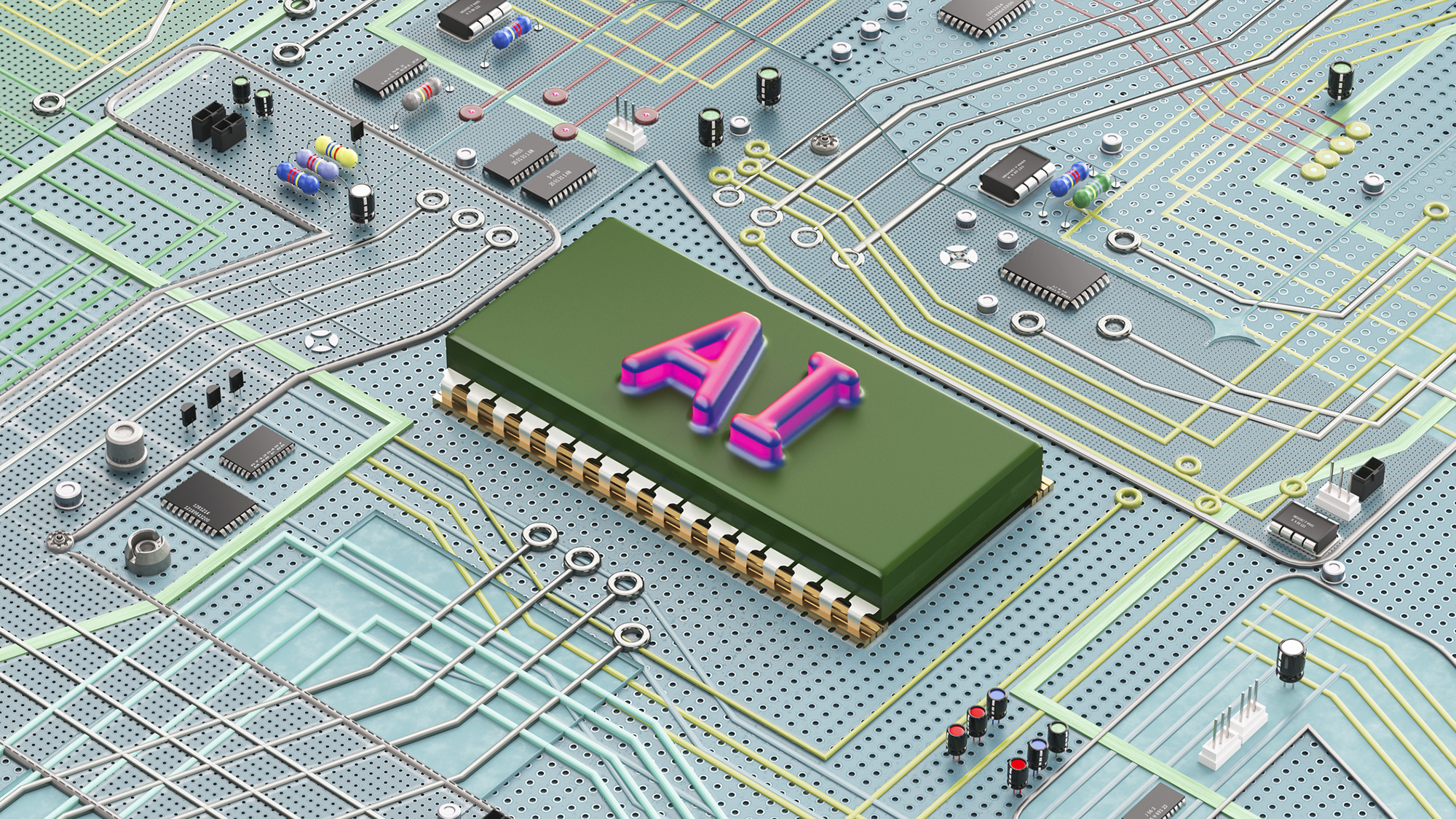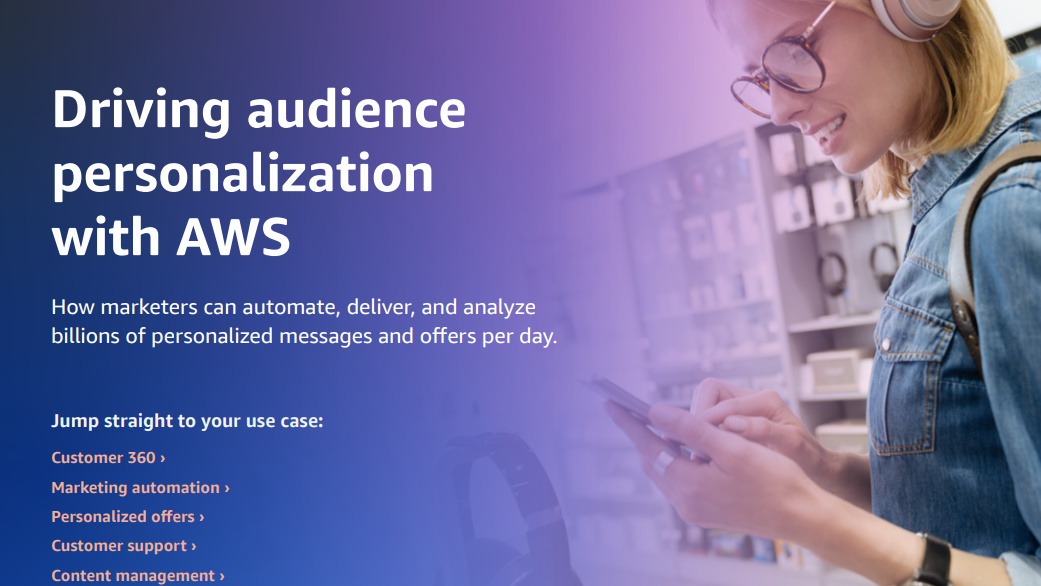Three-quarters of data analysts are still reliant on spreadsheets and manual preparation – but AI tools are now transforming the profession, boosting productivity, and supercharging efficiency
Data preparation still takes up a significant portion of analysts’ workflow, but AI and automation are changing things


Data analysts around the world remain dependent on spreadsheets for preparation tasks that take up a significant portion of their day, according to new research.
A survey commissioned by Alteryx, spoke to global data, IT, and operations analysts across five industries to determine how the role is changing in the face of new technologies and rising automation.
Three-quarters (76%) of respondents said they still used spreadsheets to clean and prepare data for analysis, with just over half (56%) stating they used dedicated data preparation tools.
The largest proportion of analysts (42%) said they typically spend between one-to-five hours per week preparing and cleaning data, whereas with 40% this takes roughly up to 10 hours a week.
One-in-twenty analysts revealed they spend more than 10 hours every week on data preparation and cleaning, however.
When combined with data collection, the global average time spent on preparation was 10.57 hours, this was the second most time-consuming activity in the analysts’ day just behind the actual analysis of the data, which came in at 11.23 hours.
Half of the respondents said the complexity of data was the greatest challenge bogging them down, whereas data quality, security, and privacy were also cited as hurdles they frequently face when preparing it for analysis.
Get the ITPro daily newsletter
Sign up today and you will receive a free copy of our Future Focus 2025 report - the leading guidance on AI, cybersecurity and other IT challenges as per 700+ senior executives
AI and automation will drastically change the data analyst role
AI tools have seen widespread uptake in the analyst profession, with 97% of respondents stating that they have integrated AI tools into some aspects of their workflow.
Tools for analytics automation are not far behind, with 87% of analysts adding they have also integrated these solutions into their daily activities.
More than half (59%) said AI tools increased their efficiency and productivity while 46% said it had reduced their workload and stress, citing an improved job satisfaction as a result.
On a weekly basis, the analysts said that utilizing AI tools saved them 8.6 hours on average.
The time saved using these tools looks to be shaping the analyst in new ways, with strategy becoming more heavily emphasized as AI removes some of the more repetitive tasks from the analysts’ daily workflow.
The vast majority (94%) of analysts agreed that their role impacts strategic decision-making, with 87% stating that their influence on business decisions has increased in the last year.
When asked how their role has changed in the last year, 85% of respondents agreed that their ability to respond to changes in the scope or direction of a project has improved.
Nearly four-fifths (79%) also said their ability to combine multiple sources of data compared to a year ago had improved since the previous year.
RELATED WHITEPAPER

Overall, 86% agreed that AI had changed their role at least to some degree, with half of these going further to say it has reshaped their role “to a great extent” over the last 12 months.
This has improved slightly over recent years, with just 34% of respondents saying the same about the last 3 – 5 years, and 16% adding that they didn’t think AI had changed their role and had been affected by AI at all during this period.
MORE FROM ITPRO
- The data analytics market is booming – here's why
- AI projects are faltering as CDOs grapple with poor data quality
- Best data science bootcamps

Solomon Klappholz is a former staff writer for ITPro and ChannelPro. He has experience writing about the technologies that facilitate industrial manufacturing, which led to him developing a particular interest in cybersecurity, IT regulation, industrial infrastructure applications, and machine learning.
-
 Should AI PCs be part of your next hardware refresh?
Should AI PCs be part of your next hardware refresh?AI PCs are fast becoming a business staple and a surefire way to future-proof your business
By Bobby Hellard
-
 Westcon-Comstor and Vectra AI launch brace of new channel initiatives
Westcon-Comstor and Vectra AI launch brace of new channel initiativesNews Westcon-Comstor and Vectra AI have announced the launch of two new channel growth initiatives focused on the managed security service provider (MSSP) space and AWS Marketplace.
By Daniel Todd
-
 Alteryx unveils double leadership appointment in fresh growth drive
Alteryx unveils double leadership appointment in fresh growth driveNews Alteryx has announced the appointments of Jon Pexton as chief financial officer and Steven Birdsall as chief revenue officer.
By Daniel Todd
-
 More than a number: Your risk score explained
More than a number: Your risk score explainedWhitepaper Understanding risk score calculations
By ITPro
-
 Automate personalization with AWS
Automate personalization with AWSWhitepaper How marketers can automate, deliver, and analyze billions of personalized messages and offers per day
By ITPro
-
 How LaLiga championed big data to transform data analytics in sport
How LaLiga championed big data to transform data analytics in sportCase Study Spain’s premier football division is hoping to transform not just football but sport as a whole with its data analytics efforts
By Elliot Mulley-Goodbarne
-
 Three ways manual coding is killing your business productivity
Three ways manual coding is killing your business productivityWhitepaper ...and how you can fix it
By ITPro
-
 Oracle adds new capabilities to Smart Construction Platform
Oracle adds new capabilities to Smart Construction PlatformNews New analytics enable continuous improvement across project planning, construction, and asset operation
By Praharsha Anand
-
 What is the social, mobile, analytics and cloud (SMAC) framework?
What is the social, mobile, analytics and cloud (SMAC) framework?In-depth Customers live in a world that’s both social and mobile – so it’s important to reach them where they are
By Steve Cassidy
-
 Data as a service market set to reach $61 billion by 2030
Data as a service market set to reach $61 billion by 2030News Market Research Future foresees significant adoption of DaaS in North America and APAC region over the next decade
By Praharsha Anand